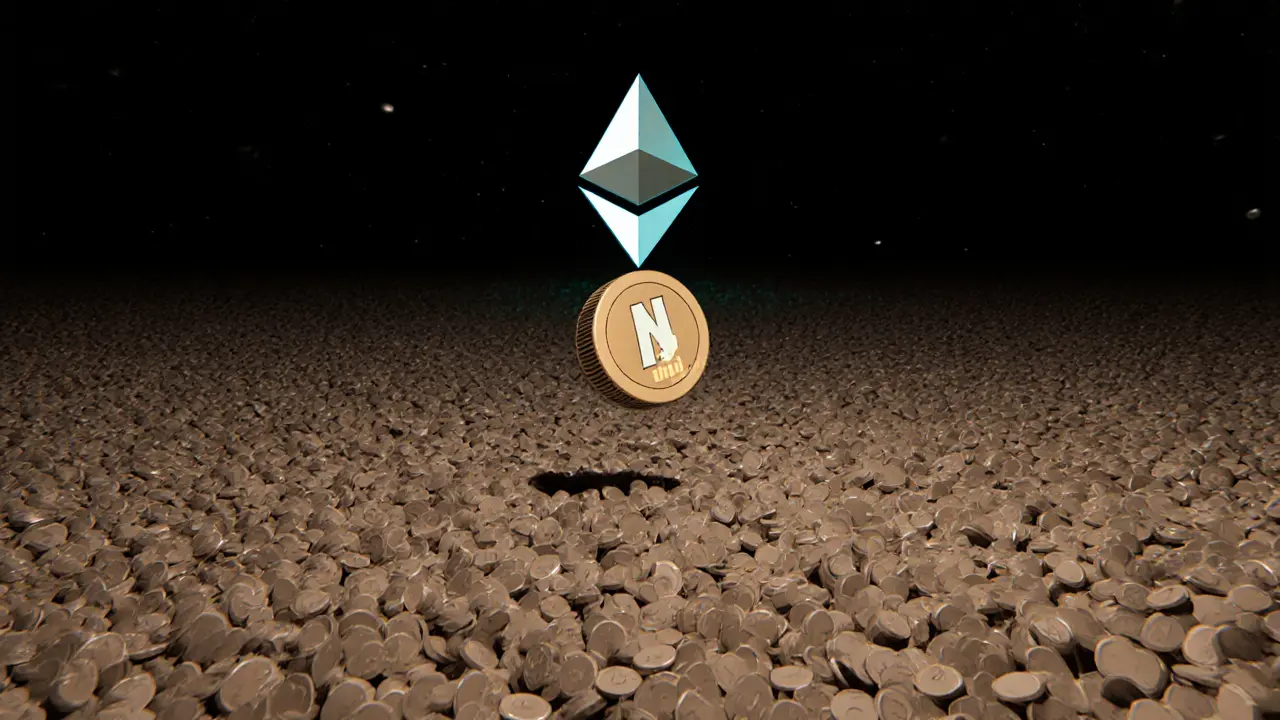ERC-20 Token: What It Is, How It Works, and Why It Powers Most Crypto
When you buy a crypto token like Chainlink, Uniswap, or Aave, you’re usually buying an ERC-20 token, a standardized digital asset built on the Ethereum blockchain that follows a set of rules for how it’s created, transferred, and tracked. Also known as Ethereum token standard, it’s the reason you can swap one coin for another on a decentralized exchange without needing a middleman. Unlike Bitcoin, which is its own blockchain, ERC-20 tokens run on top of Ethereum. They don’t have their own network—they borrow Ethereum’s security, speed, and global user base. That’s why over 90% of all tokens you’ll find on CoinMarketCap are ERC-20.
What makes ERC-20 so powerful is its simplicity. Think of it like a universal plug. No matter what device you have—your phone, laptop, or smart TV—if it uses a USB-C port, it works. ERC-20 does the same for crypto. Whether it’s a token for voting in a DAO, staking rewards, or access to a game, if it follows the ERC-20 rules, any wallet or exchange that supports Ethereum can handle it. That’s why you can send a Shiba Inu token to your MetaMask, trade it on Uniswap, or lock it in a yield farm—all without changing tools. It’s not magic. It’s just good engineering.
But here’s the catch: just because a token is ERC-20 doesn’t mean it’s safe. Many scams use the standard to look legit. You’ll see tokens with names like "Bitcoin" or "Ethereum" that aren’t the real thing—just fake ERC-20 copies. Always check the contract address. Real projects publish theirs on their website. Never trust a link from a random tweet. And remember, ERC-20 doesn’t guarantee value—it just guarantees compatibility. The real work—audits, team transparency, liquidity—is all up to the project behind the token.
Behind every ERC-20 token is a smart contract, a self-executing piece of code on Ethereum that automatically handles token transfers, balances, and rules. This code is public, so anyone can read it. That’s why audits matter. If a token’s contract has a hidden backdoor, it can drain your funds. That’s what happened with projects like Kalata Protocol and Sphynx Labs—both were ERC-20 tokens with no audits, low volume, and zero trust. The standard didn’t fail. The people behind the code did.
ERC-20 also enabled the whole DeFi, a system of financial apps built on blockchain that let you lend, borrow, and earn without banks revolution. Before ERC-20, you needed custom systems for every new coin. Now, one standard lets developers build lending platforms, automated market makers, and prediction markets that all talk to each other. That’s why you can use your UNI tokens to earn interest on Aave, then swap them for ETH on SushiSwap—all in one browser tab.
So when you see a new token, ask: Is it ERC-20? Yes? Good. Now ask: Who made it? Is there a real team? Are the funds locked? Is there a public audit? The standard gets you in the door. The rest is your job.
Below, you’ll find real-world breakdowns of tokens, exchanges, and risks tied to ERC-20—some useful, some dangerous. Learn what works, what doesn’t, and how to avoid losing money to fake coins hiding behind a clean contract address.
What is NiHao (NIHAO) crypto coin? Facts, risks, and why most experts warn against it
NiHao (NIHAO) is a high-risk meme coin with no team, no utility, and a modifiable smart contract. Learn why experts warn against it and how its low price hides extreme danger.
